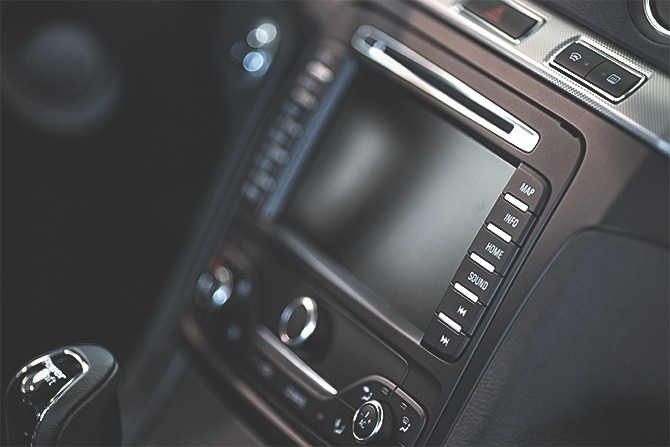 United States (English)
United States (English)
Shopping Cart
Empty Cart
Part No: {{entry.product.code}}
Quantity: {{entry.quantity}}
Total {{cartInfo.totalPriceWithTax.value | currency:"$"}}
Total {{0 | currency:"$"}}
 United States (English)
United States (English)
Part No: {{entry.product.code}}
Quantity: {{entry.quantity}}
Total {{cartInfo.totalPriceWithTax.value | currency:"$"}}
Total {{0 | currency:"$"}}
Asia Pacific
Europe, Middle East, Africa
 România (Română)
România (Română)
 European Union (English)
European Union (English)
 België (Nederlands)
België (Nederlands)
 Belgique (Français)
Belgique (Français)
 France (Français)
France (Français)
 Deutschland (Deutsch)
Deutschland (Deutsch)
 Italia (Italiano)
Italia (Italiano)
 Nederland (Nederlands)
Nederland (Nederlands)
 Polska (polski)
Polska (polski)
 Россия (русский)
Россия (русский)
 South Africa (English)
South Africa (English)
 España (Español)
España (Español)
 Украина (pусский)
Украина (pусский)
 Україна (українська)
Україна (українська)
 United Kingdom (English)
United Kingdom (English)
 Česko (Česká republika)
Česko (Česká republika)
 United Arab Emirates (English)
United Arab Emirates (English)
North America
Just as technology has made our phones, TVs and other devices “smarter,” the same thing has happened to our vehicles. With the advent of the satellite navigation system known as GPS (short for Global Positioning System), our cars have turned into computers on wheels. This integrated use of telecommunications and informatics technology is known as telematics.
While you may not be familiar with the term telematics, you most likely have experienced telematics in your vehicle: using turn-by-turn directions from an onboard navigation system is a popular example.
However, telematics are also used to monitor the vehicle and the performance of the driver. By pairing GPS with an onboard diagnostic system, vehicle telematics receives, sends and stores information like speed, braking information, tire pressure and other vital stats. This can involve one-way or two-way communication.

A telematics system in your car can be built onboard straight from the factory (GM’s OnStar), can use a driver’s connected smartphone to run telematics functions (Ford’s Sync system) or it can be an aftermarket plug-in device.
An onboard system may offer more services than a system that relies upon a connected smartphone. With an onboard system, there could be functions like unlocking or locking your vehicle or location services that don’t come with a connected smartphone solution. Some onboard systems come with a monthly fee while those that rely upon your smartphone typically don’t have additional fees.
An aftermarket telematics device is a yet another way to bring telematics technology to your car. These devices are inserted into the onboard diagnostic port (OBD-II port) located near the steering column under the dashboard.
Many of the functions that vehicle telematics provide not only help you drive safer but can prove invaluable in the case of an emergency. The following are some of the most popular vehicle telematics services. Please note that not all of these services are available on all car manufacturer systems and some of these may require a subscription. Check your owner’s manual for information about your specific system.
Automatically notifies the call center when a collision is detected and may send emergency personnel to the scene when needed.
Some smartphone-enabled systems use this to sense when an airbag has deployed and automatically calls 911 so you can get the help you need.
Get the turn-by-turn directions you need to get where you’re going.
Stay on top of the health of your vehicle with reports and maintenance notifications.
Place a call without your hands leaving the steering wheel.
Some systems can control the speed of the vehicle in certain situations.
Stay updated to changes in road conditions and weather that could affect your travel plans.
If your vehicle is stolen, it can be tracked using GPS to help police recover it.
In the event that you forgot to lock your car or you are locked out of your vehicle, this service can give you peace of mind.
Aftermarket plug-in telematics devices are used by insurance companies to monitor a customer’s driving habits like miles driven, speed and times that you hit the brakes hard. The data is sent to the insurance company and if it shows you are a safe driver, you may be eligible for discounts on your car insurance.

Telematics devices and software are heavily used by transportation and delivery companies to manage their commercial and fleet vehicles. Vehicle telematics allow monitoring of fuel consumption, speed, and location to help them assess the productivity and profitability of their fleet. This monitoring can not only help them save money but it can help improve driver safety.
You can expect car manufacturers to continue advancing vehicle connectivity by further integrating more smartphone features into their telematics systems and adding functions that improve safety like emergency services, location tracking and vehicle diagnostics.
As you become accustomed to using these services and place a high value on them, it may not be long before vehicle telematics becomes a major point of consideration when you’re shopping for a new vehicle or monitoring an older one.
Learn more about quality auto parts, find your car part, or find a local car repair shop today.
The content contained in this article is for entertainment and informational purposes only and should not be used in lieu of seeking professional advice from a certified technician or mechanic. We encourage you to consult with a certified technician or mechanic if you have specific questions or concerns relating to any of the topics covered herein. Under no circumstances will we be liable for any loss or damage caused by your reliance on any content.